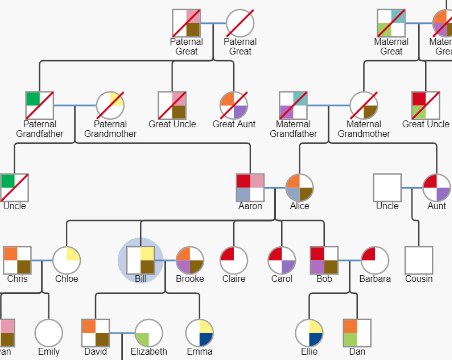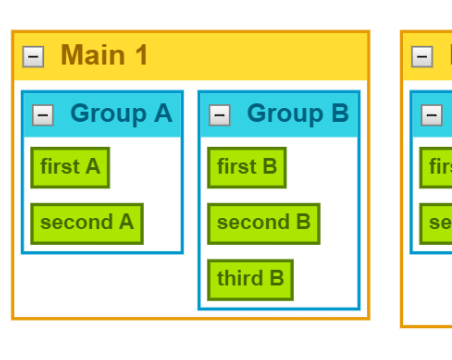숫자 카운트 효과
function numberCounter(target_frame, target_number) {
this.count = 0; this.diff = 0;
this.target_count = parseInt(target_number);
this.target_frame = document.getElementById(target_frame);
this.timer = null;
this.counter();
};
numberCounter.prototype.counter = function() {
var self = this;
this.diff = this.target_count - this.count;
if(this.diff > 0) {
self.count += Math.ceil(this.diff / 5);
}
this.target_frame.innerHTML = this.count.toString().replace(/\B(?=(\d{3})+(?!\d))/g, ',');
if(this.count < this.target_count) {
this.timer = setTimeout(function() { self.counter(); }, 20);
} else {
clearTimeout(this.timer);
}
};
new numberCounter("counter1", 99999);
new numberCounter("counter2", 21565748);
new numberCounter("counter3", 121554864865);'프로그래밍 > Script' 카테고리의 다른 글
| nodeJS의 무중단 관리도구인 Forever (0) | 2021.04.09 |
|---|---|
| three.js - JavaScript 3D library (0) | 2021.03.29 |
| [Node.js] nvm 활용하여 node, npm 설치 (0) | 2021.02.25 |
| [javascript] Simple chatbot UI for the Web with JSON scripting (0) | 2021.01.07 |
| [javascript] javascript Minifier - 스크립트 코드 경량화 (0) | 2021.01.07 |









